Artists around the world are struggling to make ends meet, performances are being cancelled, shows and exhibitions are upended, curtains are down, seats and spaces remain empty. Even if as an artist, you don’t live for an audience, you still need ticket buyers, viewers, collectors and appreciators to make a living. Eventually we will get back on track but the intervening months are taking their toll especially on young aspiring artists. More established artists may be appreciating this time as a period of stillness where they are free from grueling schedules and performances and shows and they can simply focus on their work and build their portfolios until the pandemic subsides and they can show and perform their works once again.
The Metropolitan Policy Program at The Brookings Institute (August 2020) reported that it estimates losses in sales of goods and services, employment, and earnings for creative industries and creative occupations at the national, state, and metropolitan levels over the period of April 1 through July 31, 2020 at 2.7 million jobs and more than $150 billion in sales of goods and services. This represents nearly a third of all jobs in those industries and 9% of annual sales. The fine and performing arts industries will be hit hardest, suffering estimated losses of almost 1.4 million jobs and $42.5 billion in sales. These estimated losses represent 50% of all jobs in those industries and more than a quarter of all lost sales nationwide.
A native of the city of Rudolstadt near Weimar, New York City-based Cornelia Thomsen grew up in East Germany before the Wall came down. As difficult as the Coronavirus has been, it has not stopped her from creating. Her newest works reflect the daily grind, almost senselessness and bewilderment that some people can feel as a result of the pandemic. Growing up under a communist regime and having lived also in West Germany, Cornelia has been exposed to many political and social environments that can impact how an artist works and what they may produce. So, she has perhaps a different perspective and can put the Coronavirus in the context of someone who has lived through lockdowns and repression.
“My daily work rhythm actually has not changed much from my work habits before – locking myself in at my studio and working on visual solutions for my thoughts. But the ongoing crisis certainly has influenced my work and my pen and ink drawings reflect this. Years ago, I started to make ink drawings with a quill. They often had an ephemeral appearance created by an endless mark-making process. No line ever crosses another, and I need absolute concentration while drawing. The marks add up to an all over seemingly grey pattern, like seconds that build our minutes, and hours, days, months and years. It reflects a lost sense of time.”
Although Cornelia expresses a sense of being lost in the pandemic, a visit to her studio also shows that she is still capable of producing an extraordinary number of works about a great variety of subjects from the past to the present. The first most striking paintings are the seven-foot high and almost five-foot wide Stripes paintings, some of which are in the collections of museums and art institutes around the U.S., including Los Angeles County Museum of Art and Minneapolis Institute of Art. Other of Cornelia’s works include a vivid series of portraits of her daughter as well as a sequence, called Role Models, of stark portraits of East German leaders on a red background. Finally, she also creates watercolor botanical studies, an interest that goes back to her work at the Meissen Porcelain Factory early on in her career in East Germany. Meissen was one of the most prestigious companies to work for as it was, and still is, a well-respected global brand. During the time of East Germany, the company was an important generator of hard currency and a significant employer. Cornelia studied at the Offenbach University of Art and Design and exhibits internationally in New York, Duesseldorf and Tokyo. Her works are currently hanging in the Ackland Museum, Chapel Hill, NC; the Fairfield University Art Museum, Fairfield, CT; the Friedrich Fröbel Museum, Bad Blankenburg, Germany; the Los Angeles County Museum of Art (LACMA), Los Angeles, CA; the Mildred Lane Kemper Art Museum at Washington University, St. Louis, MO; the Minneapolis Institute of Art (Mia), Minneapolis, MN and the Tucson Museum of Art, Tucson, AZ
“Just as much visual and fine arts artists need an exhibition and a place to show their works, musicians need an audience to together in the same space and feel the vibration of the music. The relationship between the artists and the audience is a symbiotic one,” said Sophia (Shuhui) Zhou. “The synergy is irreplaceable by recordings and ZOOM recitals. We all miss the ritual of getting a ticket, dressing up, going to concerts, sitting down among strangers and devoting all our attention span to experience a live performance. Music is a communal experience.”
A native of Shanghai, New-York-based pianist Sophia has been performing as a soloist and chamber musician internationally in the USA, Europe and China. She is the winner of the V BPA International Piano Award of Barcelona. Her recent concert appearances include the Royal Concertgebouw (Amsterdam), Carnegie Weill Concert Hall, National Sawdust (New York City), Kennedy Centre (Washington D.C.), Shanghai Concert Hall and the National Library of Catalonia (Barcelona). She has collaborated with members of the Berlin Philharmonic Orchestra, New York Philharmonic Orchestra and the Metropolitan Opera House.
Sophia shared her poignant observations of the experiences that some professional musicians are going through today: “It’s hard to believe that it has already been more than eight months since the pandemic hit the western world. For professional working musicians, especially classical music, it certainly feels like we are living in an alternate reality.”
Cancelled concert engagements, severe financial losses for freelancing and most orchestral musicians and the sense of anxiety and despair in the performing art community are known to all musicians. There was a brief cultural revival in the summer when outdoor events and concerts were popular, especially in European countries. But as the winter settles back in and the increase of case numbers, the stage lights are, once again, dimmed. That said, Sophia asserts, “there are some silver linings” that she discovered during the past few months:
As performing musicians in the 21st century, Sophia and many musicians have been very busy wearing different hats as freelance musicians, educators, entrepreneurs, collaborators. So when Covid first hit and the whole world stopped, panic aside, there was certain comfort in being able to take the time off and refocus energy to core repertoire and the basic technique instead of working towards concert engagements under pressure. “Some of us are able to pick up repertoire that we always wanted to learn but never had the time. Among the milestones of piano repertoire, The Goldberg Variations have been especially popular.” (Currently, Sophia is learning the whole piece and planning to perform it in its entirety next spring.)
Many musicians took up online teaching almost as a full-time occupation, mostly because of financial pressure. And the lockdown also has helped some musicians to reflect on their careers and aspirations. Sophia said, “On a personal level, I realized that there are three aspects of my profession that I cannot live without: the simple/physical joy of playing the piano – that electric feeling when the brain, fingers and heart come together; collaborating with my colleagues; and transforming the audience into a better place at the end of a concert.”
During summer, Sophia produced several concerts for The Stissing Center, where she had the chance of playing Debussy instrumental sonatas with a violinist and a cellist. “What a joy and relief to be able to play chamber music again,” she exclaimed! “We breathed together (through masks of course), listened to each other so closely and tried to create music for a small number of audiences. It was so nice to see the glow and excitement on the faces of the audience again.”
Sophia really advocates for her profession and fellow artists and encourages people to take piano lessons or support local classical artist venues. She shares that https://www.groupmuse.com/ has an array of virtual classical music concerts. You pay a very modest entry fee and tune in to a high-quality house concert.
Also, The Stissing Center in Pine Plains is planning on a series of virtual concerts for late spring 2021. Sophia is in the stage of fundraising, engaging artists in the upstate and metropolitan New York area and programming the season. You can enjoy past performances in this link: https://thestissingcenter.org/live/ and subscribe to the mailing list. Her personal performance last August is here: https://youtu.be/hJMGqeGDIZE
Sophia holds a Master of Music degree from Mannes College of Music, Bachelor of Music (Piano Performance) and Bachelor of Arts (German Literature) from Oberlin College. From 2018-2020, she held a post-graduate piano fellowship in Bard College Conservatory. In summer 2020, Sophia started working as the Music Director and Producer for the Stissing Center in Pine Plains, NY.
By Victoria Larson, Editor, Side of Culture
VK Larson Communications

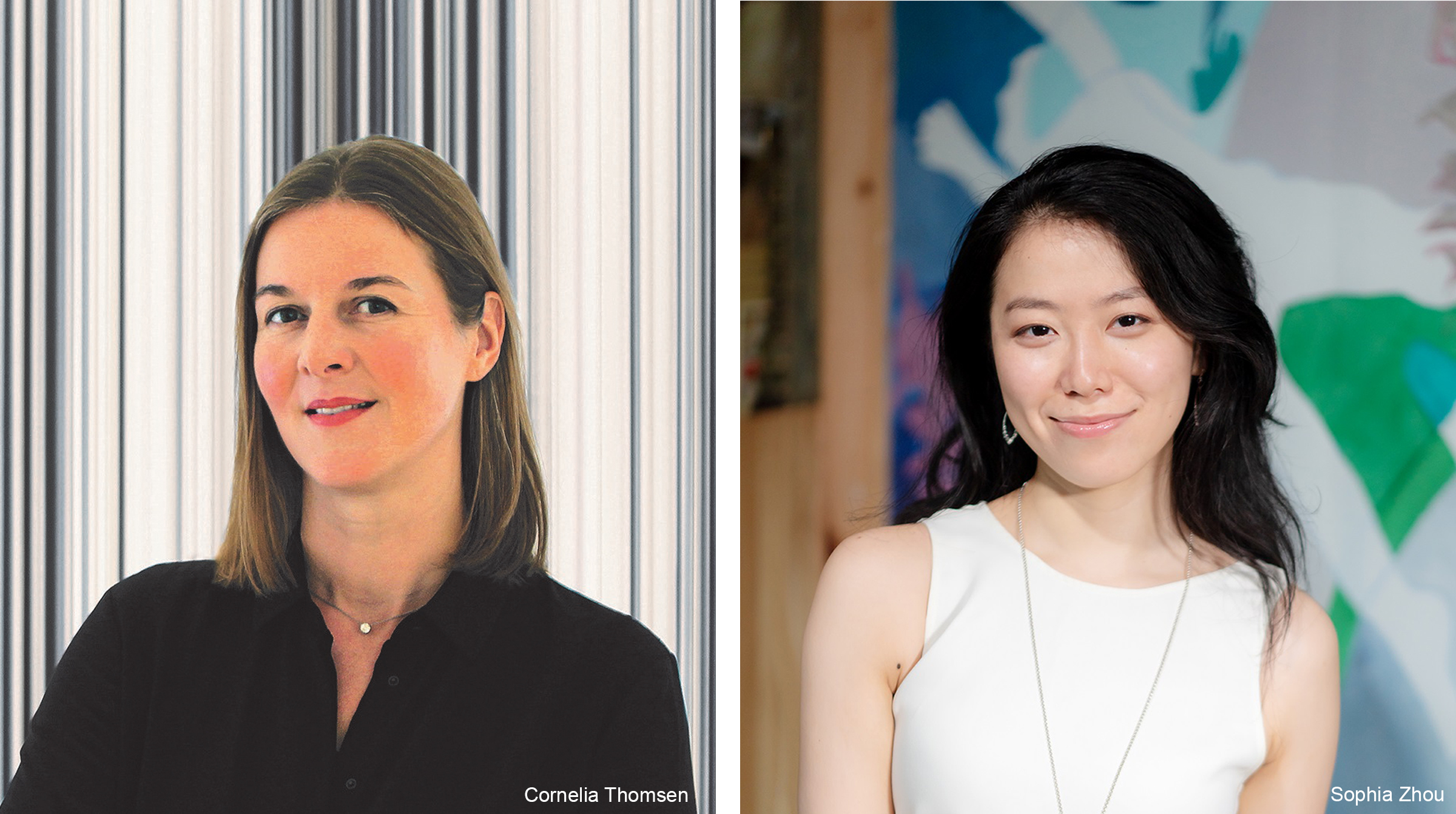
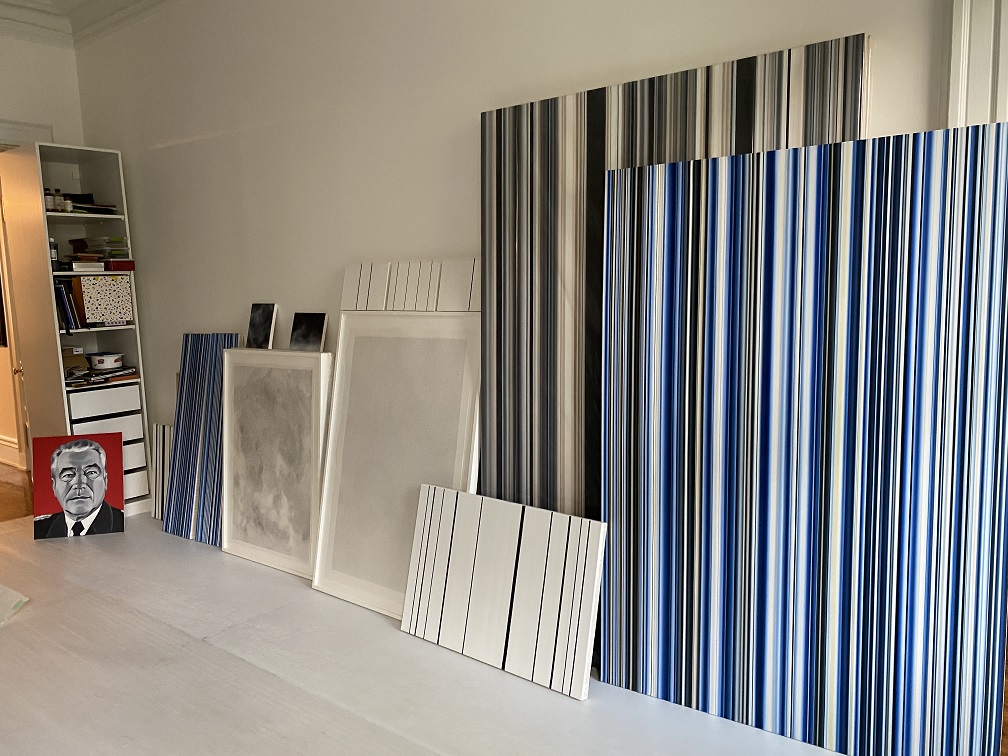
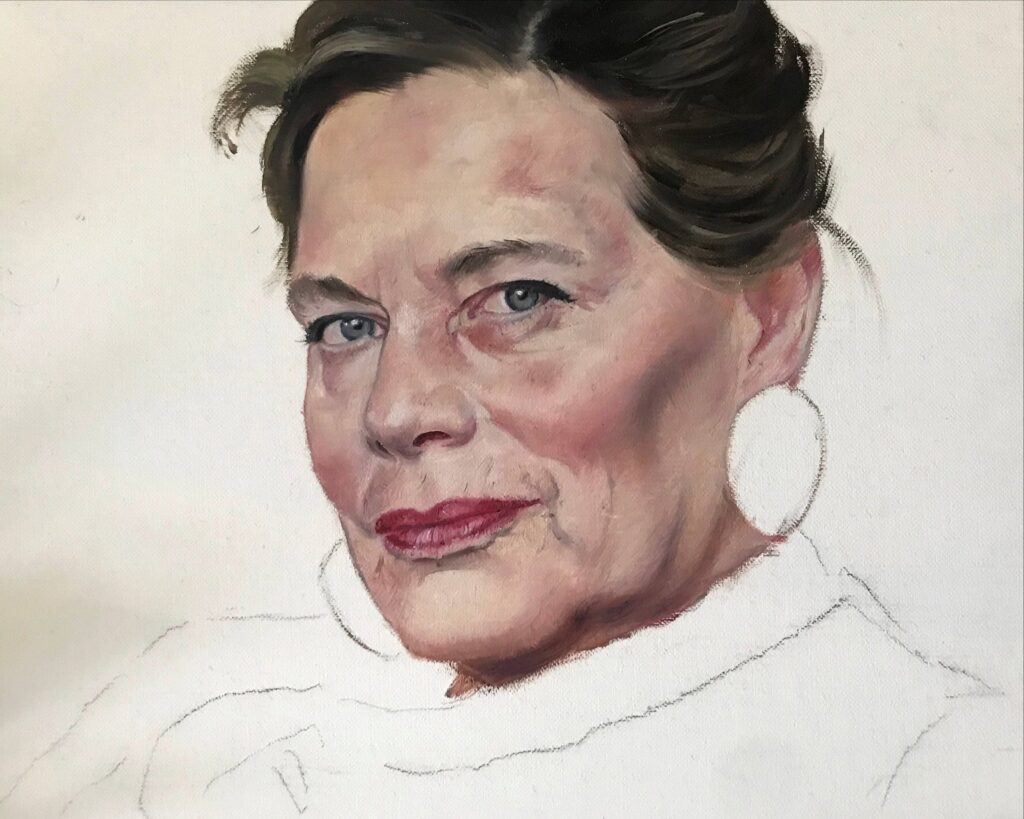
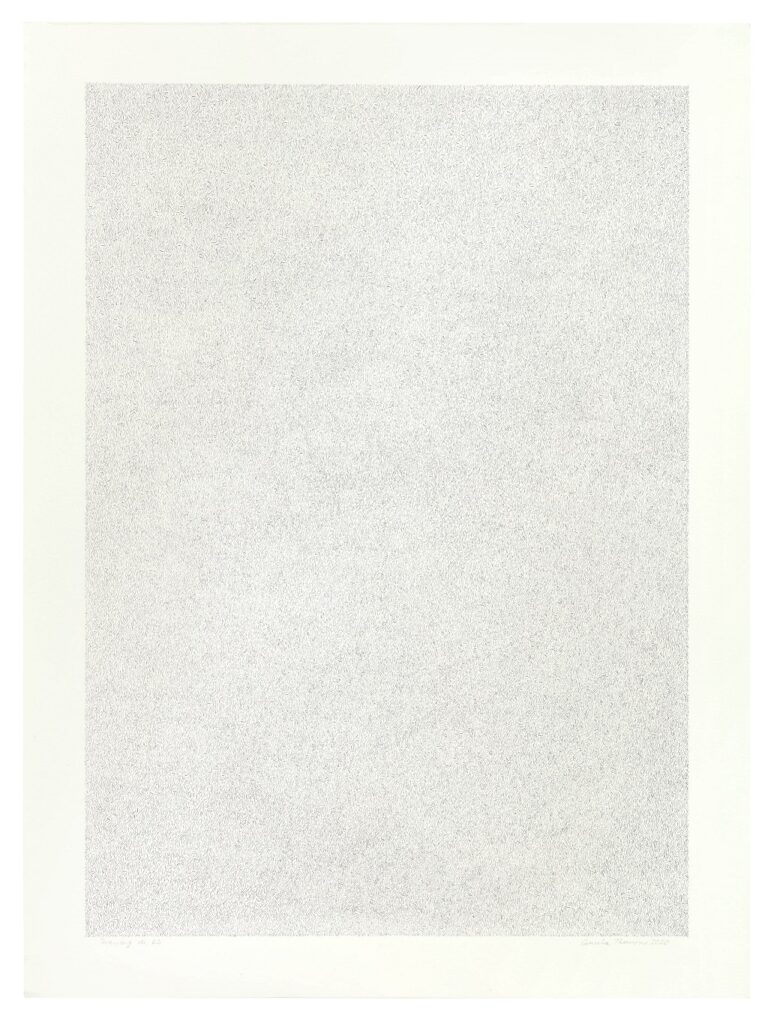
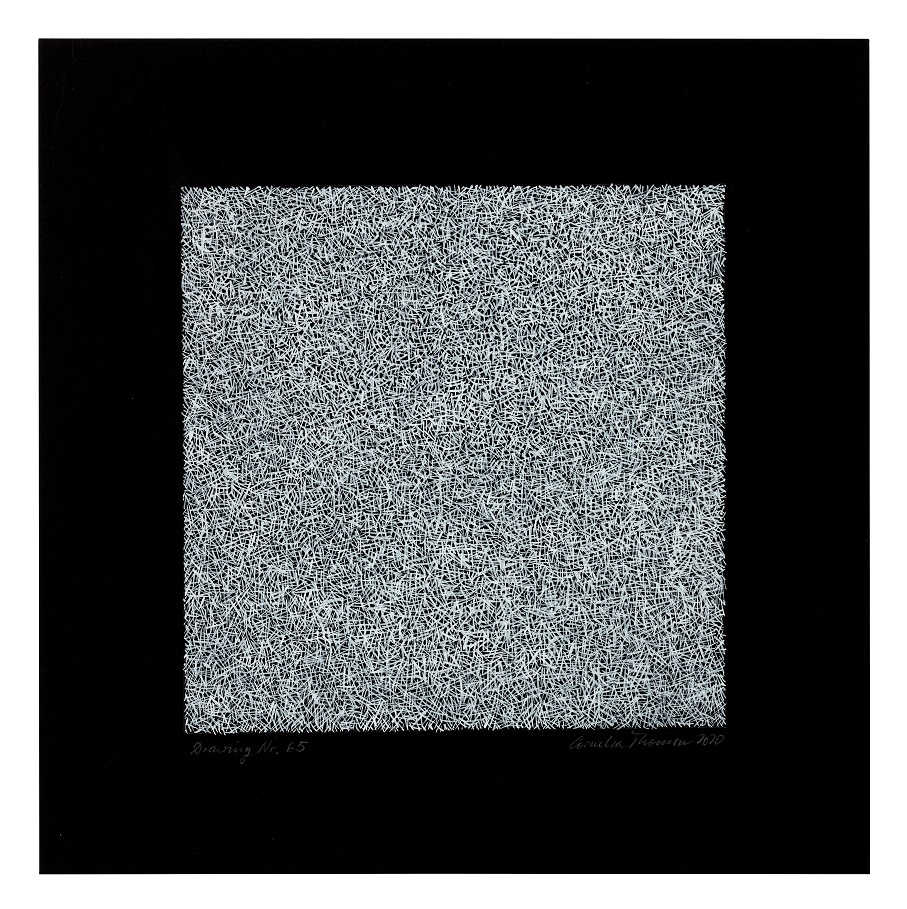
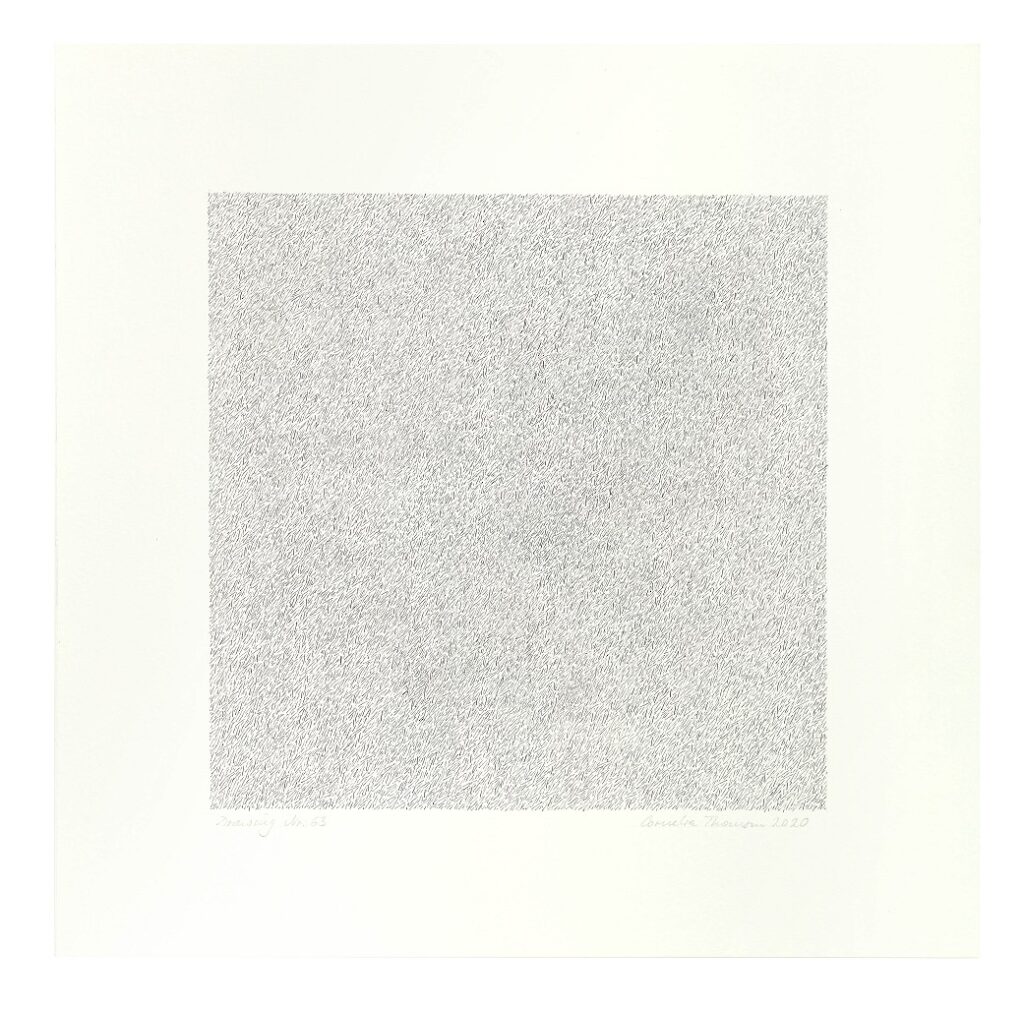
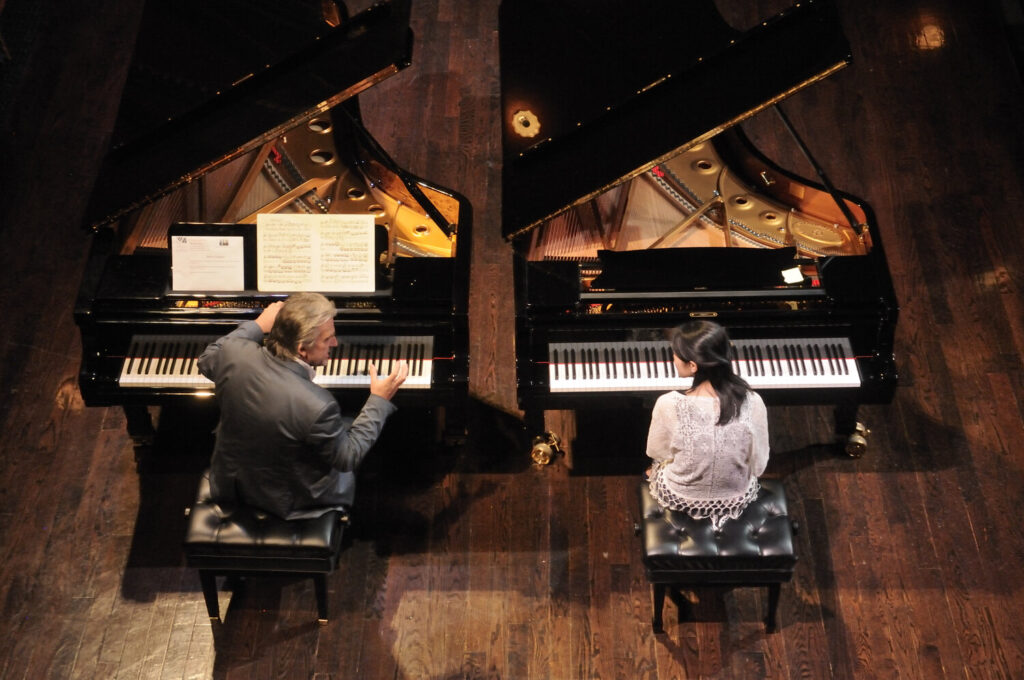
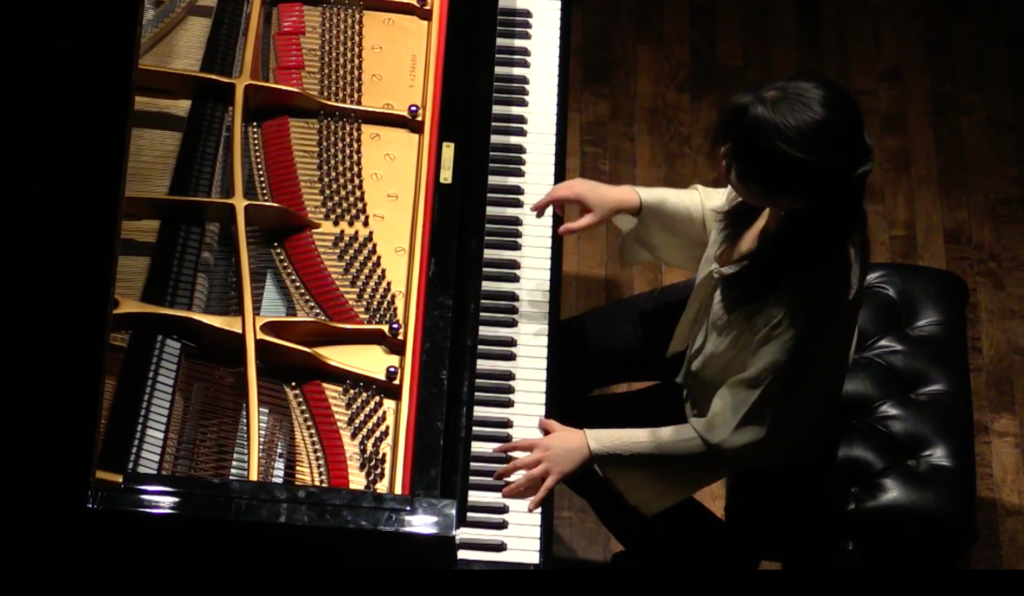
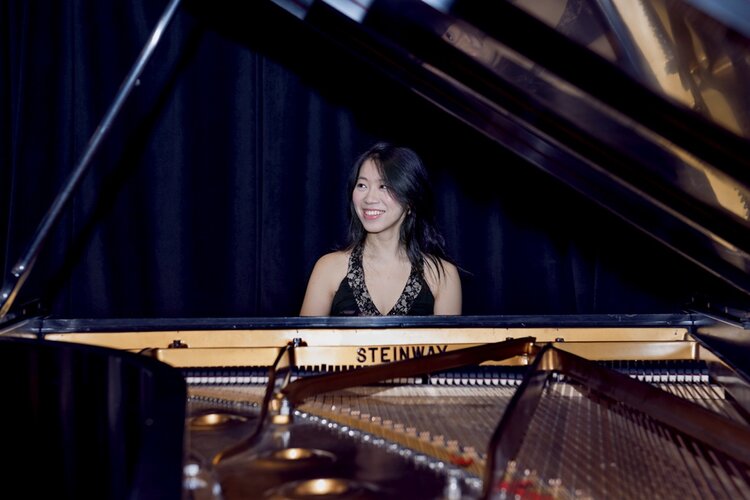
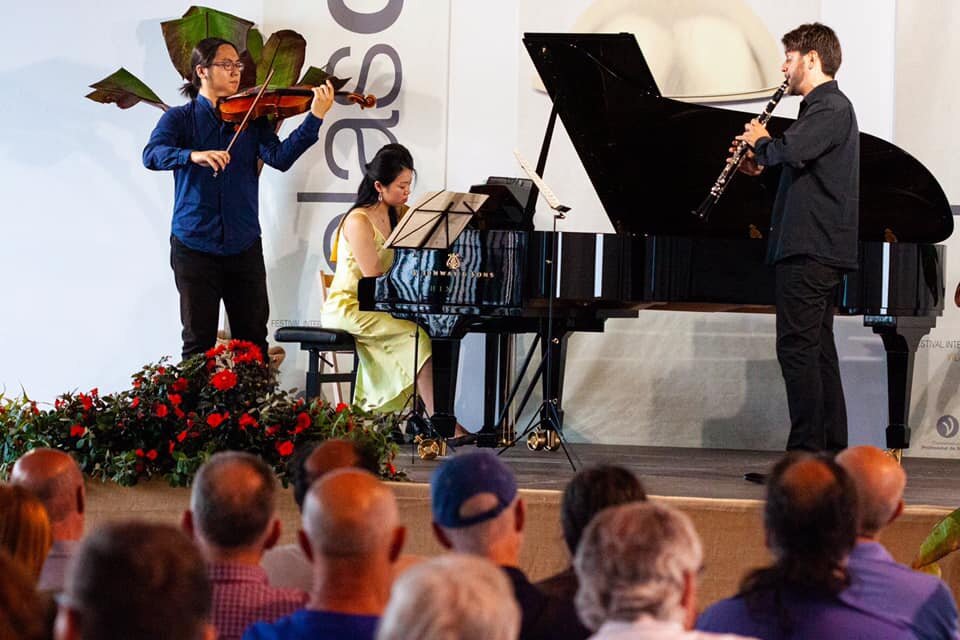
Congratulations Cornelia! Please keep up your wonderful work.. Patricia